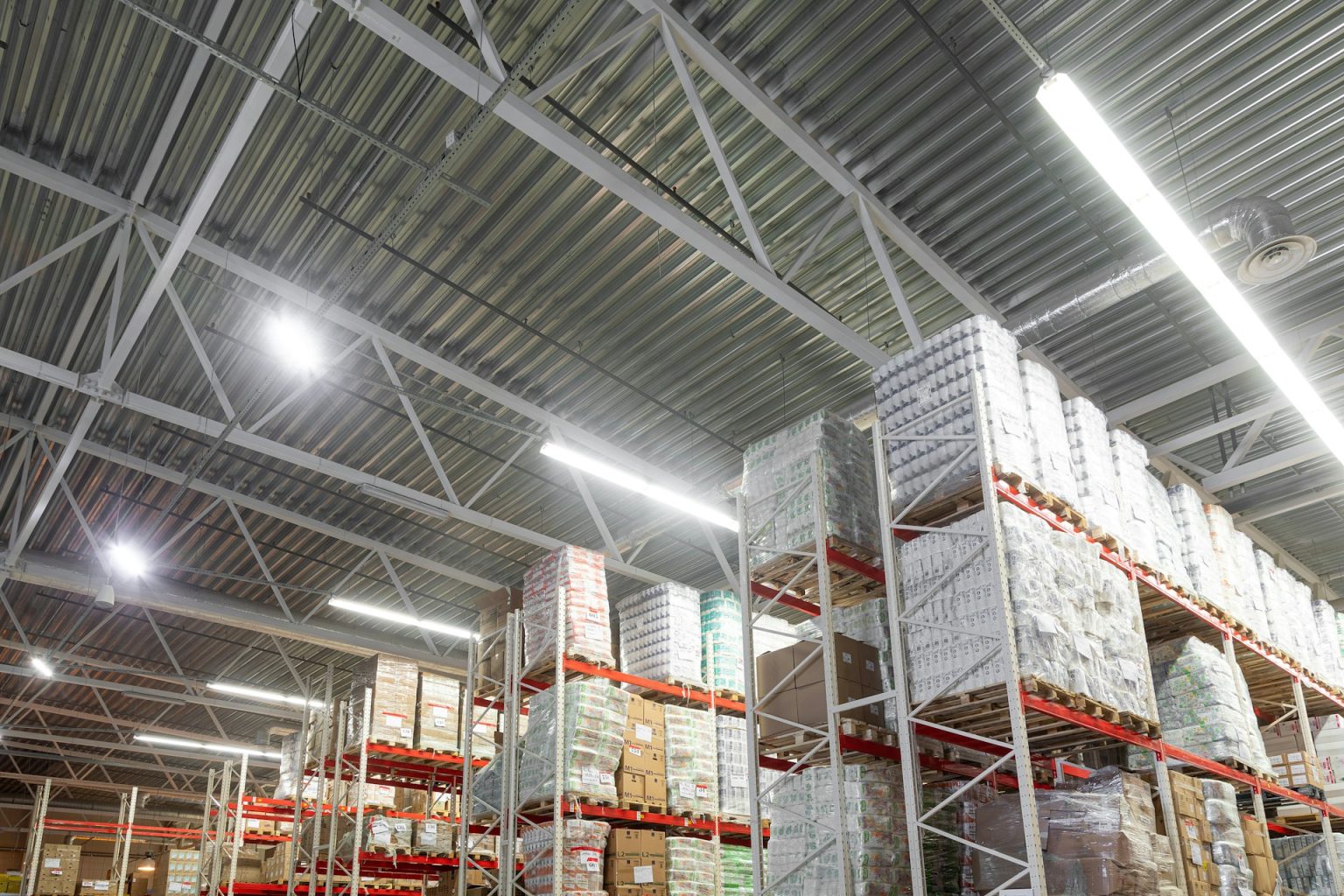Robotic palletisers are reshaping industrial automation, revolutionising the handling and stacking of goods in warehouses across the globe. These state-of-the-art machines automate the palletising process, a task that used to require considerable manual labour. With the growth of e-commerce and increasing demands for efficiency and safety, robotic palletisers have become indispensable in today’s logistics and manufacturing sectors.
What Are Robotic Palletisers?
Robotic palletisers are automated systems that use robotic arms to stack and organise products onto pallets. These systems are equipped with sophisticated software and sensors, allowing them to precisely place items in the most efficient and stable configuration. They can handle a wide range of products, from small boxes to heavy containers, and can adapt to different palletising patterns, making them highly versatile.
The technology behind robotic palletisers involves a combination of mechanical engineering, robotics, and software algorithms. The robotic arm, often equipped with a gripper or suction device, picks up items from a conveyor belt or directly from production lines. The software then calculates the optimal placement on the pallet, ensuring that the load is balanced and stable for transport.
The Advantages of Robotic Palletisers
- Increased Efficiency: One of the most significant advantages of robotic palletisers is their ability to work continuously without fatigue. Unlike human workers, robots can operate around the clock, significantly increasing productivity. They can handle high volumes of goods quickly and accurately, reducing bottlenecks in the supply chain and enabling faster order fulfilment.
- Improved Safety: Manual palletising is a physically demanding job that often involves repetitive lifting of heavy objects, leading to a high risk of workplace injuries. Robotic palletisers eliminate the need for human workers to perform these strenuous tasks, reducing the incidence of musculoskeletal disorders and other injuries. This shift not only enhances worker safety but also reduces the costs associated with workplace injuries.
- Consistency and Accuracy: Robotic systems are designed to perform tasks with high precision and repeatability. This ensures that each pallet is stacked consistently, with the correct number of items placed in the right orientation. This level of accuracy is particularly important in industries where products need to be stacked in a specific order for transportation or where the integrity of the load is critical.
- Cost Savings: While the initial investment in robotic palletisers can be substantial, the long-term cost savings are significant. By reducing labour costs, minimising errors, and enhancing productivity, companies can achieve a faster return on investment. Additionally, robotic systems often have a longer operational life than their manual counterparts, further contributing to cost savings over time.
- Flexibility: Modern robotic palletisers are highly adaptable to different products, pallet sizes, and stacking patterns. This flexibility is essential for companies that handle a diverse range of products or that need to switch between different product lines frequently. The ability to reprogramme the system for new tasks without significant downtime enhances operational agility and responsiveness to market changes.
Applications Across Industries
Robotic palletisers are widely used in various industries, including food and beverage, pharmaceuticals, consumer goods, and manufacturing. In the food and beverage industry, for example, robotic palletisers handle cases of bottled drinks, canned goods, and packaged snacks, ensuring that these items are stacked securely for transportation. In the pharmaceutical industry, where precision and cleanliness are paramount, robotic palletisers help maintain product integrity while reducing contamination risks.
In manufacturing, robotic palletisers are often integrated with other automated systems, such as conveyor belts and automated guided vehicles (AGVs), to create fully automated production lines. This integration further enhances efficiency, allowing companies to streamline their operations from production to distribution.
The Future of Robotic Palletising
As technology continues to advance, the capabilities of robotic palletisers are expected to expand even further. Innovations in artificial intelligence (AI) and machine learning are likely to enhance the decision-making processes of these systems, enabling them to adapt to more complex tasks and environments. For example, future robotic palletisers could learn from past stacking patterns to optimise their performance over time or use AI to identify and correct potential errors before they occur.
Moreover, the integration of robotic palletisers with other Industry 4.0 technologies, such as the Internet of Things (IoT) and cloud computing, will enable real-time monitoring and data analysis. This connectivity will allow companies to track the performance of their palletising systems, predict maintenance needs, and optimise their operations for maximum efficiency.

